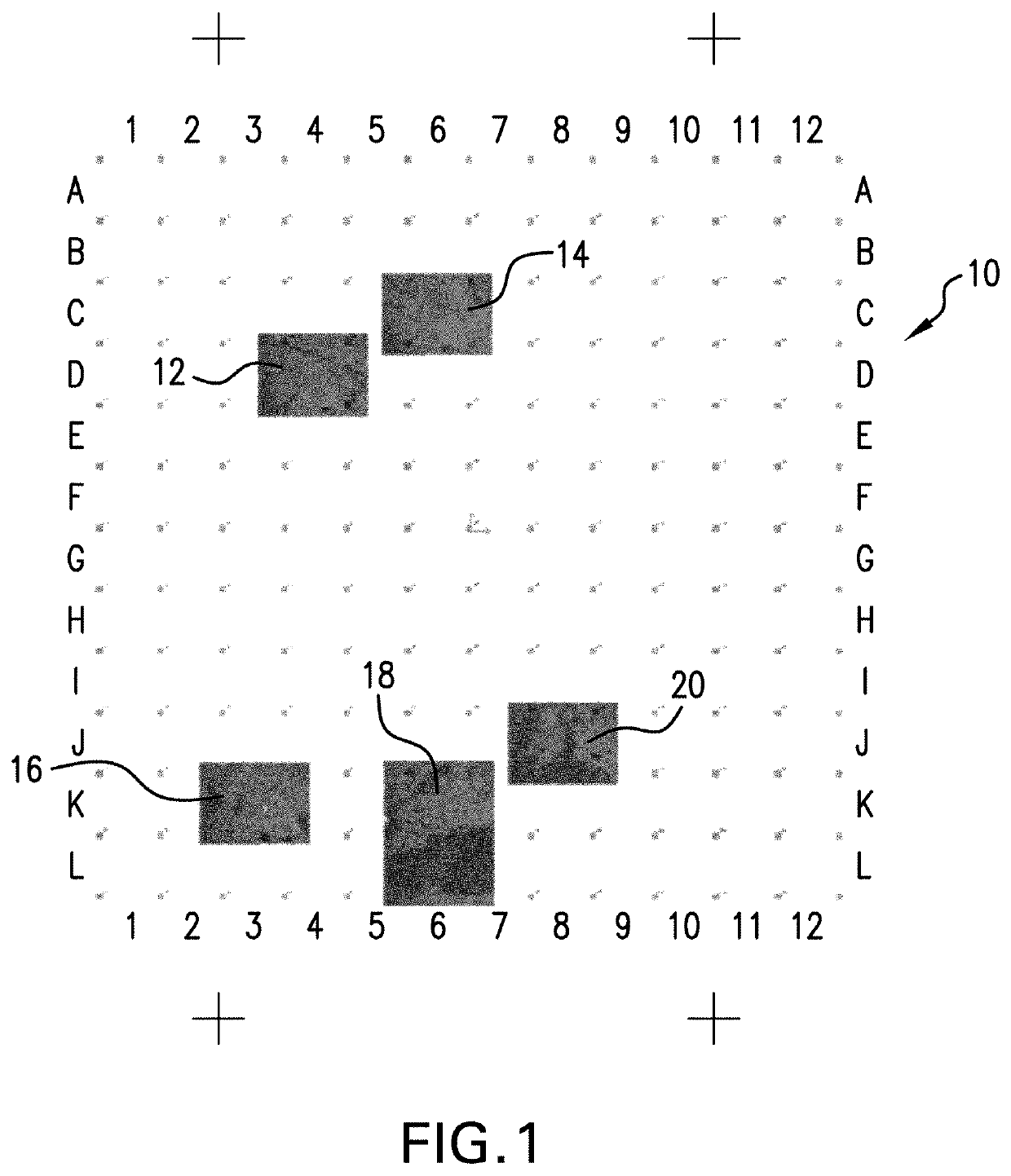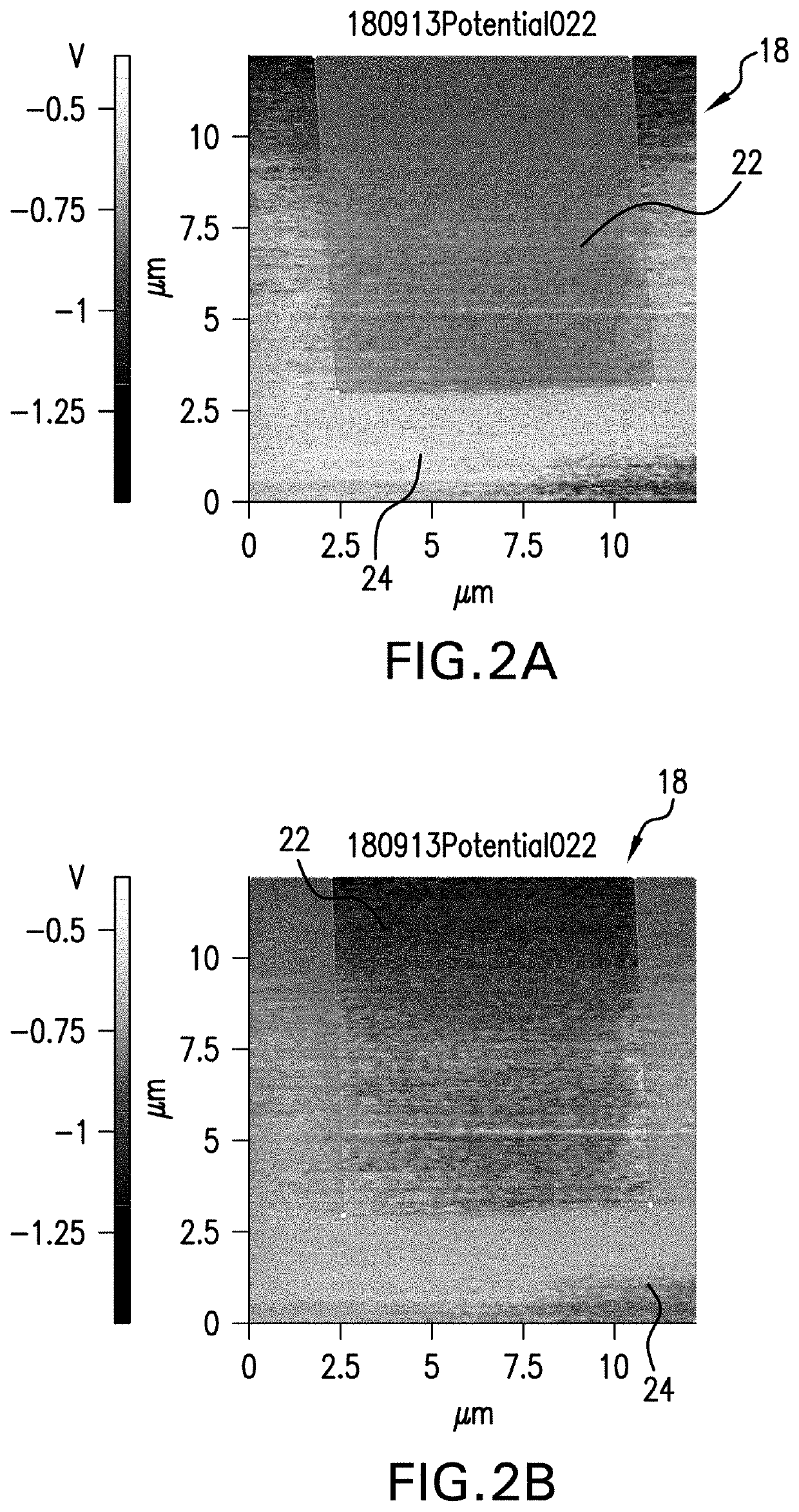Low work function materials
a work function and material technology, applied in the field of low work function materials, can solve the problems of reducing the available quantum state, increasing the fermi level, and actually reducing the work function to 1.0 ev in materials, so as to achieve the effect of optimizing the electron emission performan
- Summary
- Abstract
- Description
- Claims
- Application Information
AI Technical Summary
Benefits of technology
Problems solved by technology
Method used
Image
Examples
Embodiment Construction
[0019]Theoretically, reducing work function to the ultra-low level required to optimize electron emissions, particularly in materials identified as useful in vacuum microelectronics and other nanoscale materials and process applications, is achievable. However, as noted above, actually reducing the work function in such materials to such ultra-low levels presents challenges. The inventors of the present invention have achieved a significant reduction in work function to a level not previously achieved in these materials.
[0020]As used herein, the term “reduced work function material” refers to a material in which the work function value of the material has been reduced in accordance with the present invention to a work function value not previously known or achieved. The term “low work function materials” is used to refer to materials with work function values in the range of about 3.0 eV or less. The term “ultra-low work function materials” refers to materials with work function val...
PUM
| Property | Measurement | Unit |
|---|---|---|
| surface roughness | aaaaa | aaaaa |
| thickness | aaaaa | aaaaa |
| surface roughness | aaaaa | aaaaa |
Abstract
Description
Claims
Application Information
 Login to View More
Login to View More - R&D
- Intellectual Property
- Life Sciences
- Materials
- Tech Scout
- Unparalleled Data Quality
- Higher Quality Content
- 60% Fewer Hallucinations
Browse by: Latest US Patents, China's latest patents, Technical Efficacy Thesaurus, Application Domain, Technology Topic, Popular Technical Reports.
© 2025 PatSnap. All rights reserved.Legal|Privacy policy|Modern Slavery Act Transparency Statement|Sitemap|About US| Contact US: help@patsnap.com



